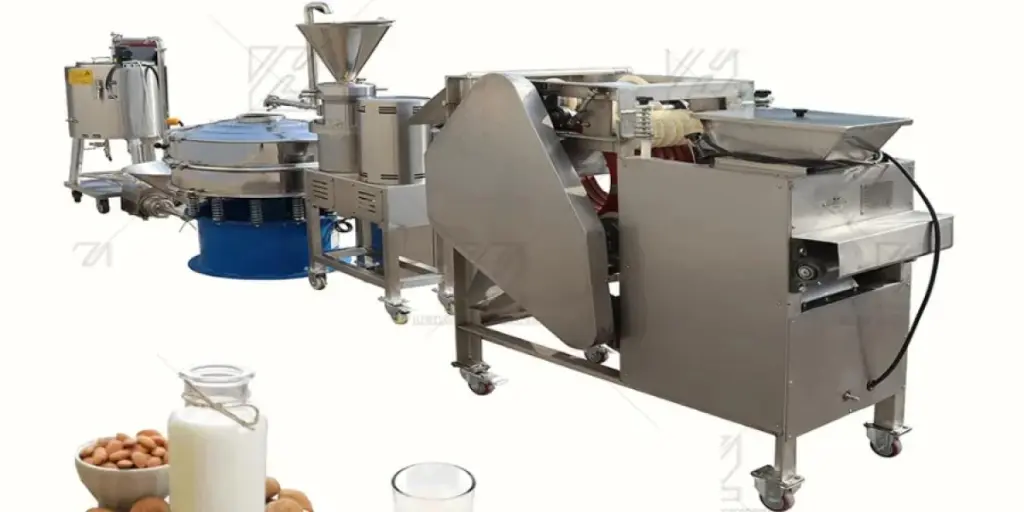Savoring a creamy, dairy-free delight has become the go-to choice for health-conscious individuals looking to satisfy their taste buds. Soya milk, renowned for its indulgent flavor and nutritional advantages, has quickly gained popularity among those looking for non-dairy alternatives to milk. However, with soya milk extractors saturating the market due to increased demand, finding the perfect machine for your business can be overwhelming.
This article will unravel the secrets of choosing the ideal soya milk extractor for your business. We will also dissect the soy milk market share as it stands and the different types of machines available.
Table of Contents
Soy milk market share
Types of soya milk extractors
How to select the ideal soya milk extractor
Summary
Soy milk market share
A report published by Future Market Insights shows that as of 2022, the soy milk market was valued at US $5.97 billion. This figure is expected to grow at a CAGR of 8.4% from 2022 to 2023. By the end of 2032, the global market for soy milk is expected to reach US $14 billion.
Soy milk’s demand has skyrocketed due to it being an excellent substitute for dairy milk, providing high nutritional value and fewer calories without the need for intensive animal farming. Another reason for the increase in demand is due to manufacturers now branching out into the production of different flavors, including strawberry, vanilla, and chocolate.
Regions with the highest demand for soy milk extractors include North America, Europe, Asia-Pacific, Latin America, Africa, and the Middle East. North America is leading the demand for these machines due to the growing number of individuals adopting lactose-free diets.
Types of soya milk extractors
1. Centrifugal extractors

Centrifugal soy milk extractors are flexible, efficient, and work by swiftly spinning the soybean mixture. This rapid rotation generates centrifugal force, separating the liquid soya milk from the solid soybean pulp. The milk is then collected as the pulp is ejected.
Centrifugal extractors are highly regarded for their speed and productivity, making them an excellent choice for businesses with demanding production requirements. They are user-friendly and require minimal maintenance, providing a convenient and practical solution for extracting large quantities of soya milk.
2. Pressurized extractors
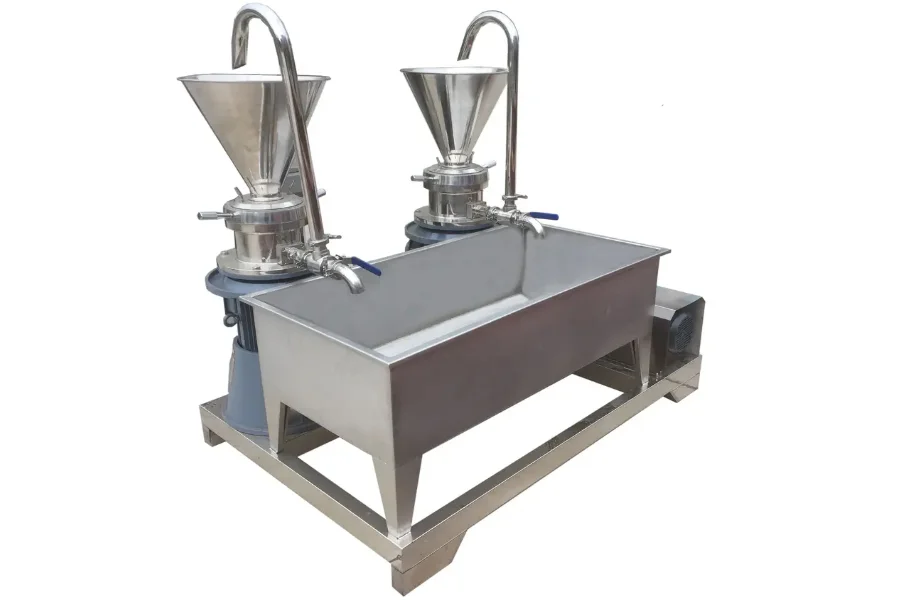
Pressurized soy milk extractors harness the power of pressure to extract milk from soybeans. Applying controlled pressure to the soybean mixture effectively separates the liquid from the solids. This extraction method guarantees a comprehensive process, yielding luscious and velvety soya milk.
Pressurized extractors are renowned for their exceptional capacity to maximize yield, efficiently extracting a substantial amount of milk from soybeans. They are particularly favored in commercial environments where consistent, high-quality extraction results are a top priority.
3. Ultrasonic extractors
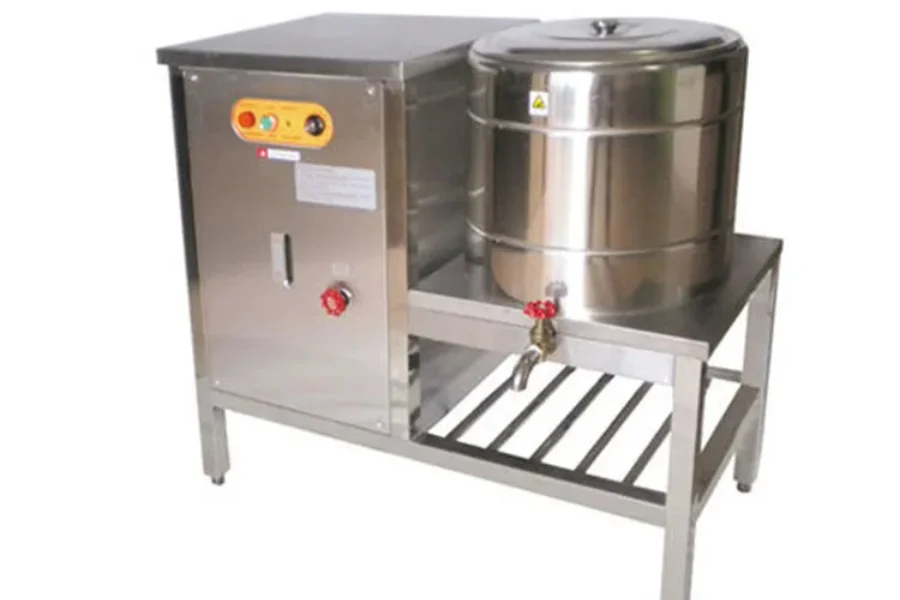
Ultrasonic soy milk extractors use ultrasonic waves to delicately extract milk from soybeans. Subjecting the soybean mixture to high-frequency vibrations induces cavitation, where tiny bubbles form and burst, breaking down the soybean particles and releasing the milk. This gentle extraction process plays a crucial role in preserving the natural nutrients and flavors of soybeans, resulting in high-grade soya milk with an enhanced flavor profile.
Ultrasonic extractors are highly regarded for their ability to improve the overall sensory experience of the milk, making them an excellent choice for businesses that prioritize exceptional flavor and uncompromising quality.
4. Vacuum extractors
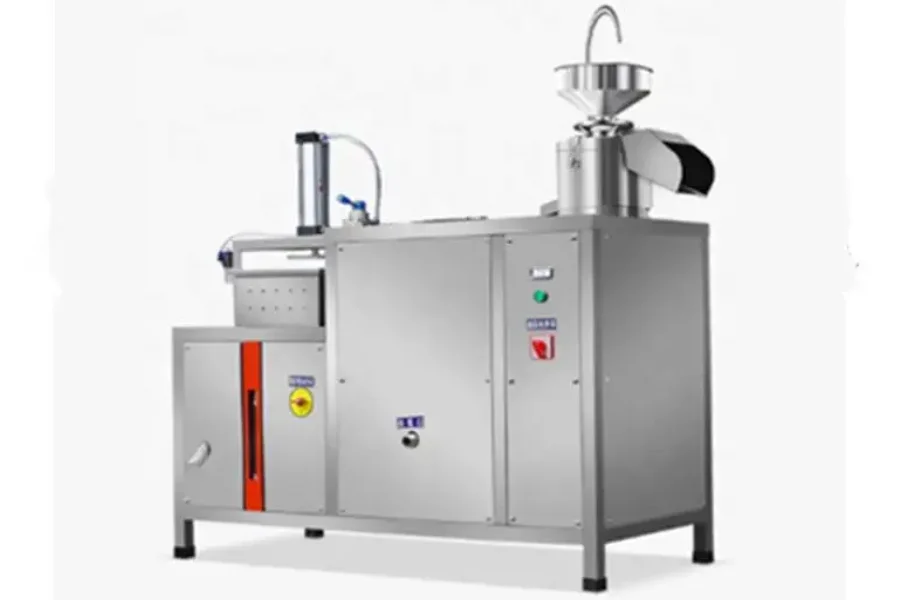
Vacuum soy milk extractors utilize a clever technique that uses a vacuum to extract milk from soybeans. The soybean mixture is carefully placed in a vacuum chamber, where the lower atmospheric pressure facilitates the separation of the liquid from the solid components. This extraction method is highly advantageous as it minimizes oxidation and effectively preserves the soya milk’s nutritional content and natural flavors.
Businesses prioritizing product quality often opt for vacuum extractors as they can yield milk with a fresher taste and superior nutrient retention compared to alternative extraction methods. With a vacuum extractor, businesses can ensure high-quality soya milk that delights the taste buds while maintaining its nutritional value.
5. Solvent extractors
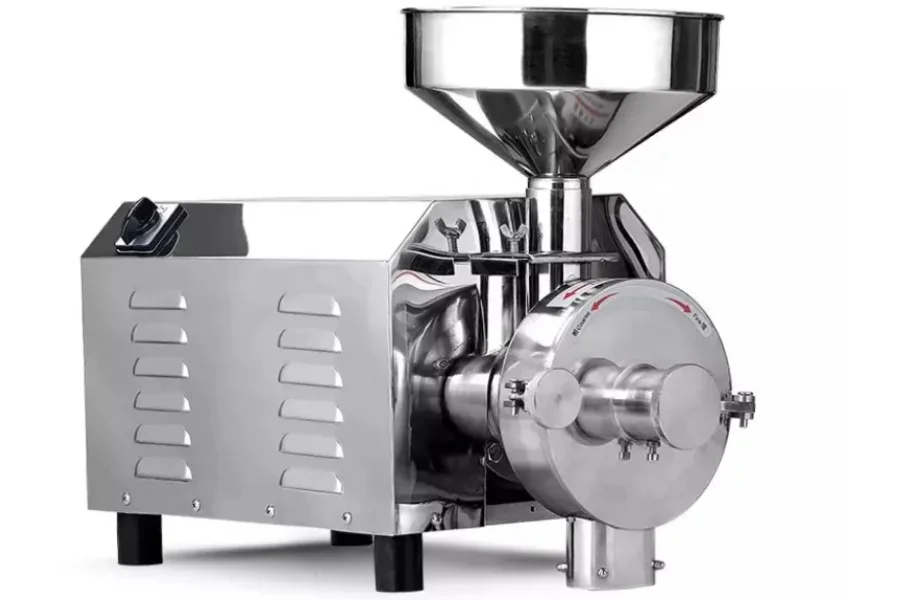
This type of soy milk extractor employs a specific type of solvent, such as hexane, to extract oil and milk from soybeans. This extraction method is commonly employed in large-scale commercial operations where efficiency is key. In this process, the soybeans are crushed and combined with the solvent, dissolving the oils and separating them from the milk and solid components. The solvent is then carefully removed, leaving behind the extracted milk.
Solvent extraction is renowned for its remarkable efficiency in extracting oil and producing defatted soy meal. As such, it is primarily utilized in industrial settings where the main objectives are oil extraction and meal production.
How to select the ideal soya milk extractor
1. Capacity
When assessing which soy milk extractor to buy, consider factors such as the production volume and frequency. This will help you select extractors that can handle the quantity of soybeans needed within a desired time frame. The capacity range of soya milk extractors can vary depending on the specific model and manufacturer. On average, soya milk extractors have capacities that range from one to 20 liters or more. However, it’s important to note that extractors with even higher capacities are available for industrial-scale operations.
2. Efficiency
Efficiency plays a vital role in streamlining the production process and maximizing output. It is advisable to look for soy milk extractors with high extraction rates, ensuring maximum milk yield from soybeans. A highly efficient extractor not only minimizes wastage but also boosts overall productivity.
To gauge the efficiency level of different extractors, consider the extraction efficiency ratings provided by the manufacturer.
3. Extraction method
Various soya milk extractors utilize different extraction methods, including centrifugal, pressurized, ultrasonic, vacuum, or solvent-based extraction. Conduct thorough research to gain a comprehensive understanding of the pros and cons associated with each extraction method. This knowledge will enable you to make an informed decision and choose the extraction method that best aligns with your business needs.
4. Durability
Opt for soy milk extractors made from high-quality materials like stainless steel. Stainless steel is known for its durability and corrosion resistance, making it an excellent choice for a long-lasting extractor. Soy milk extractors have an average lifespan of five to 10 years.
5. Cost
Take the time to compare the prices of various models and brands of soy milk extractors. While cost is an important consideration, it’s essential to remember that the cheapest option may not always provide the best long-term value. By carefully assessing the extractor’s overall value, you can select a machine that aligns with your budget while ensuring it meets your required functionality, durability, and efficiency outputs.
The average cost of soy milk extractors can vary depending on the brand, model, capacity, features, and overall quality. In general, soy milk extractors range from around US $500 to US $5,000, or more for commercial or industrial use.
6. Safety features
Make sure that the extractor you choose is equipped with essential safety features. Look for features such as overload protection, automatic shut-off, and secure locking mechanisms. These features play a vital role in preventing accidents and promoting safe operation.
7. Extraction speed
Evaluate the extraction speed of different soy milk extractors. Machines with faster extraction capabilities can significantly enhance overall efficiency. Selecting an extractor that offers a suitable extraction speed ensures a smooth and timely production process, ultimately supporting the success and growth of a business. Soy milk extractors have extraction speeds that range from or liter per minute to 10 liters per minute or more.
Summary
Buying the ideal soya milk extractor requires the careful consideration of several factors. These include capacity, efficiency, extraction method, durability, cost, safety features, and speed. To explore a wide range of soya milk extractors and find the perfect fit for your business, visit Alibaba.com.
